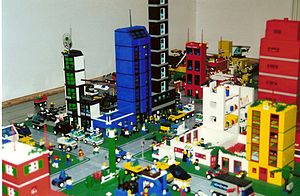Employer branding and building a hot company culture seem to have gotten mixed up over the last several years. You don’t make a “Best Places to Work” list because you’ve added a pool table or free lunches. You make the list because people enjoy the work as much as the atmosphere.
But it’s easy to bend to the pressure to make the workplace more fun since so many job candidates are expecting work to be more than just a job. Tech companies are going all out and adding gardens, BBQ shacks, bike shops, and Lego stations to their already perk-laden headquarters.
With all those fun perks, however, come high-demand pressures. Employees are expected to come to the office and work long hours. And when there’s a company culture filled with all-night hackathons, they should be providing you with a place to shower and grab a bite to eat.
Instead, think about what’s great about working at your company. Do you offer forums so anyone in the company can bring new ideas to the executive team? Do you break departmental silos with cross-functional teams? Can employees shape their own goals? Do employees like hanging out with each other in addition to working together?
When you develop your employer branding strategy, you’ll start to think about benefits beyond the perks. For example, at The Starr Conspiracy, our daily huddle makes sure that everyone in the company can get up-to-date information on the latest happenings. You also get to step out from behind your desk and see your co-workers each day (this is even true for remote employees, who can hop on our Google+ Hangout). The huddle is about community. Community is how people built rapport, understand work styles, and get shit done.
Employer branding and company culture go hand in hand, but don’t let perks rule how you develop your messages or culture. Perks could be hiding broken processes that make your workplace distracting and frustrating instead of exciting. Think about your passion and drive, and then make sure your workplace reflects that.
And once you get all that figured out, sharing that passion will be easy when it’s time to recruit.
Photo credit: Wikipedia.







